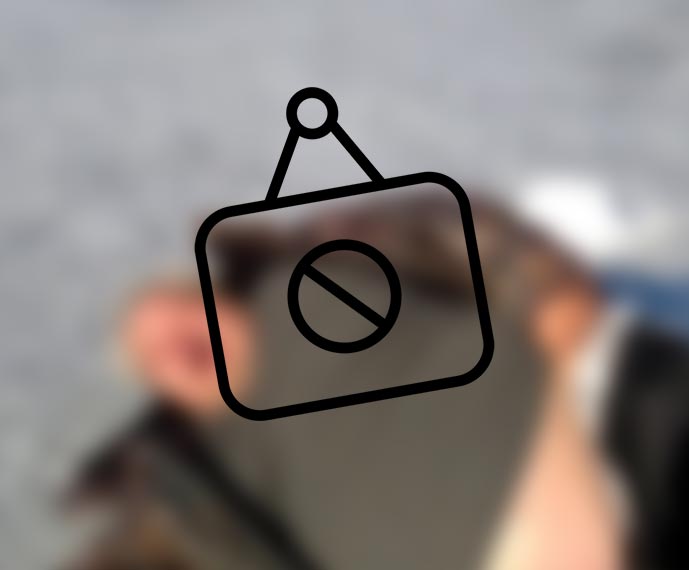Peritoneal mice Also called peritoneal loose bodies, they form due to torsion of
epiploic appendages which are protrusions of subserosal fat of the colon, they undergo axial torsion, necrosis and sloughing, they then transform into a proteinaceous material which become calcified and float freely in the peritoneal cavity.
In most cases they are small and asymptomatic requiring no intervention, rarely they are large causing bowel obstruction, urine retension or urinary frequency.
In the above figure, a 62 year old male patient suffered urinary frequency for years, CT scan showed a mass in the pelvis (fig A), upon laparoscopic extraction and pathologic examination it was concluded to be a large peritoneal loose body.
